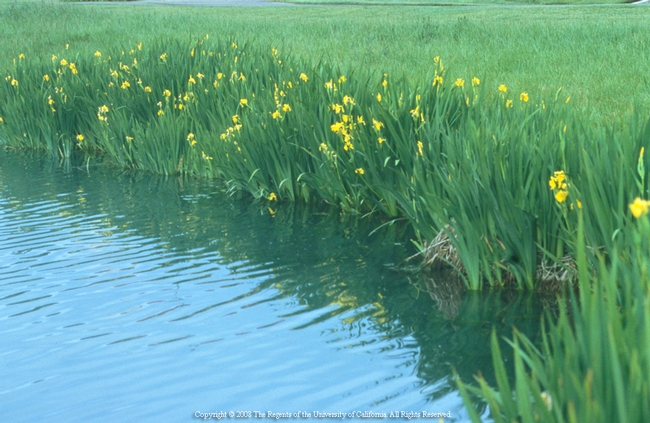15 simple ways to participate in California Invasive Species Action Week, Aug. 2 - 10
Help the California Department of Fish and Wildlife celebrate their first annual California Invasive Species Action Week, Aug. 2 – 10, and protect California's diverse landscapes. Hundreds of invasive plants and animals have already established themselves in California's landscapes and populations are quickly expanding each year.
Prevention is the most effective strategy to manage invasive species in California. Action Week is dedicated to increasing public awareness and inspiring action by residents of California.
How can you help? Here are 15 simple ways to participate in California Invasive Species Action Week from the California Department of Fish and Wildlife:
- Find out which species are threats to California from the Invasive Species Council of California.
- Learn about California's invasive plants from the California Invasive Plants Council.
- Remove invasive plants from your property.
- Select native or non-invasive plants for your home's landscape.
- Make sure to Clean, Drain, and Dry (PDF) your boat after each outing.
- Use only certified “weed-free” forage, hay, seed, mulch, soil, and gravel.
- Avoid spreading forest pests: buy your firewood where you burn it.
- Learn alternatives to releasing unwanted fish, aquatic plants, and other pets.
- Get to know your local invaders.
- Eat them. Yes, really. Check out these interesting websites to find out who is edible and how to prepare them, Invasivore.org, EatTheWeeds.com, and EatTheInvaders.org.
- Monitor plants and trees for symptoms of infestations and disease.
- Share your knowledge.
- Visit your favorite local, state, or national park, ecological reserve, recreational area, or nature center and ask about their volunteer programs.
- Have you spotted an invasive species? Tell us where by reporting your sighting.
- Volunteer for invasive species removal/habitat restoration projects.
The California Department of Fish and Wildlife are hosting events across the state to spread the word about invasive species for Action Week. Visit their schedule of events to find an event and location near you!
Resource: http://www.dfg.ca.gov/invasives/ActionWeek/
2014 California Invasive Species Action Week poster.
2014 California Invasive Species Action Week brochure



When I arrived on the Davis campus in 1964 I was squired around the Sacramento Valley by a variety of Cooperative Extension Specialists. At that time, the "Weed Group" was a sub-set of the Botany Department in (I believe)Robbins Hall. On one such "get acquainted" tour the legendary Bill Harvey was along in the car. I distinctly recall Bill remarking to another occupant as to how work was then being done on a new chemical that showed promise of (finally) bringing the nefarious Yellow Star Thistle to its knees.
Now that's a full half-century ago. YST has not only become endemic, but its photogenic golden head appears everywhere! Besides, it is not a likely choice to lead a "habitat restoration" project. For one, how would one describe the habitat that the project is restoring to?
Posted by Charles A Raguse on August 2, 2014 at 5:59 PM